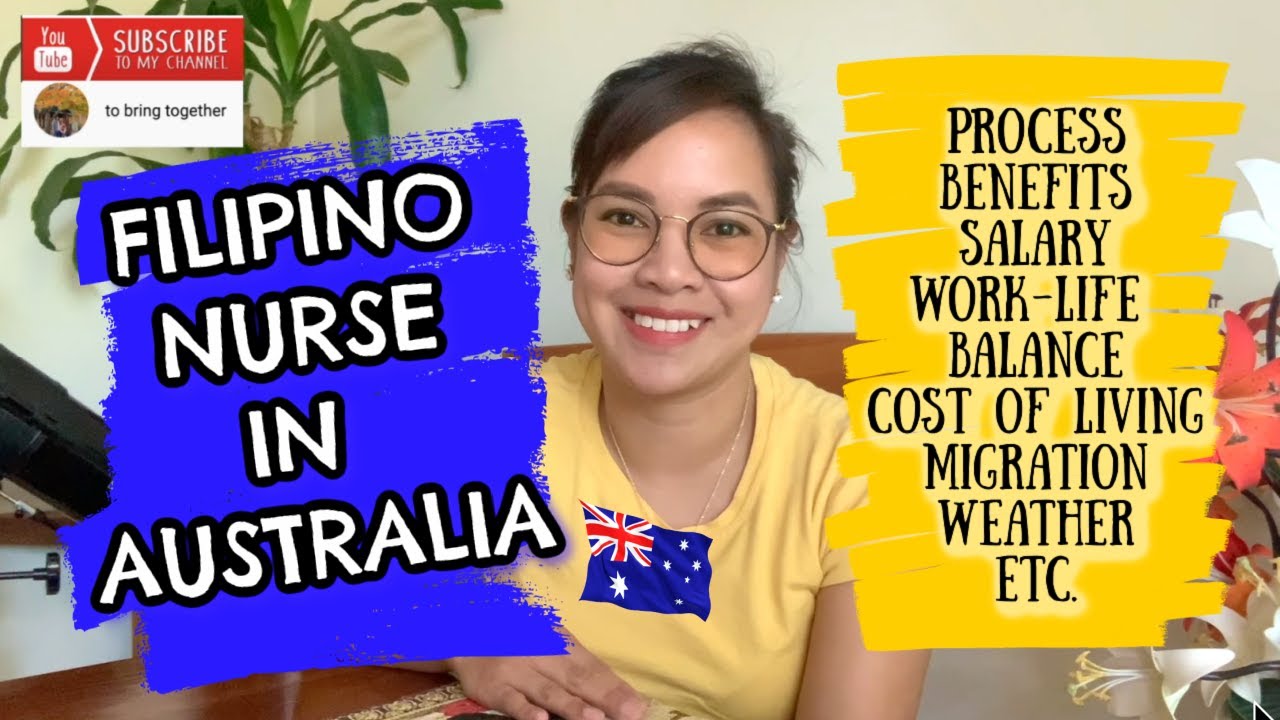Migrating as a Veterinarian from the Philippines to Australia: A Step-by-Step Guide
1. Veterinary Profession Recognition
-
According to experiences shared, the veterinary curriculum from the Philippines (e.g., UPLB) is often not directly compatible with Australian standards. Some applicants even did not continue pursuing migration upon learning this mismatch
-
For veterinarians, the relevant assessing authority is the Veterinary Surgeons Board or equivalent in the specific Australian state/territory, depending on requirements. Additionally, some may need to get assessment via Vetassess if the occupation falls under skilled migration categories, although veterinary-specific pathways can differ.
2. Skills Assessment & Curriculum Gaps
-
One user highlighted that despite being a DVM graduate from UPLB, the curriculum wasn't considered compatible, and they did not pursue the assessment route
-
The key step is to verify whether your veterinary degree meets Australian accreditation standards:
-
Investigate whether your school is recognized.
-
Explore if there is a bridging exam or conversion course required.
-
Reach out to the relevant veterinary registration body (e.g., the Australian Veterinary Boards Council or the state’s board).
-
3. English Proficiency
-
All skilled migration pathways—including healthcare professions—require proficiency in English, typically via IELTS or PTE.
-
While there aren’t specific anecdotes about vets, many forum threads on professional migration stress that superior English scores significantly improve visa chances
-
Plan to aim for high scores to gain maximum points.
4. Choosing a Visa Pathway
-
Two main skilled visa options:
-
Subclass 189 (Skilled Independent)
-
Subclass 190 (State Nominated)
-
-
Many applicants find better success with state nomination (190) due to additional points and clearer pathways—some states rank applicants via Expressions of Interest (EOIs)
-
You will need to:
-
Confirm your occupation (Veterinarian) is on the Skilled Occupation List (SOL).
-
See if offshore applications are accepted for your occupation in states like Tasmania, Victoria, or NSW.
-
5. Expressing Interest and Getting Invited
-
Once eligible (skills assessment + English scores + points), submit an EOI via SkillSelect.
-
If targeting a state nomination (Subclass 190), monitor Regional or State-specific Invitation (ROI) rounds, especially for states with limited allocation like Tasmania
-
Many migrants submit EOIs for multiple visa subclasses to widen their chances
6. Summary Checklist
| Step | Action |
|---|---|
| 1. Check Accreditation | Confirm if your DVM degree is recognized or requires conversion. |
| 2. Skills Assessment | Engage with veterinary board or Vetassess if applicable. |
| 3. English Test | Aim for high IELTS or PTE scores for maximum points. |
| 4. Points Calculation & Eligibility | Ensure you meet minimum (65+) points; target state nomination for extra advantage. |
| 5. Submit EOI | Lodge EOI for Subclass 189 and/or 190. |
| 6. Await Invitation | Monitor for State ROIs or ITAs. |
| 7. Apply for Visa | Submit documentation, complete medicals, police checks, etc. |
| 8. Plan Post-Grant Steps | Consider re-registration or bridging if required to practice as vet in Australia. |
Final Thoughts
Migrating as a veterinarian poses additional complexities, particularly when the Philippine veterinary curriculum may not align with Australian requirements. Still, there’s potential—provided you:
-
Thoroughly verify accreditation pathways
-
Prepare a strong visa application (skills assessment, English, points)
-
Strategically use state nomination options







